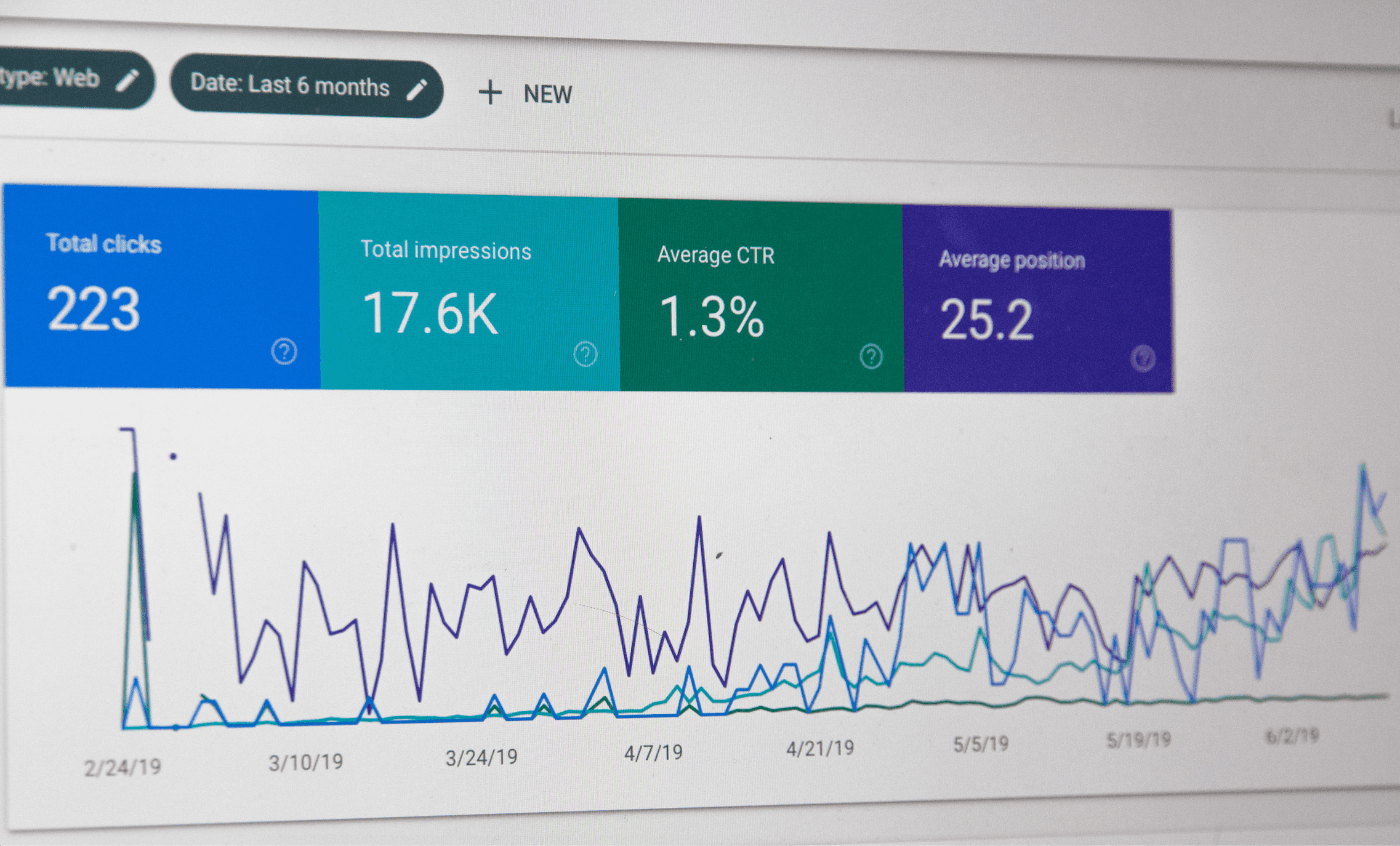Don’t Make These 10 SEO Mistakes

Don’t Make These 10 SEO Mistakes
You made a decision a while ago that you’re going to work on your SEO strategy. You are going to optimize your landing pages and blog posts so that search engines send hundreds of visitors your way every day!
You did a thorough keyword research and found all the right words and phrases. You added lots of relevant outbound links. However, your website is on page two or three for the relevant keywords. You are wondering what gives?
Well, in many cases, the solution is really simple – you’re making one of those 10 common SEO mistakes.

1. Not Researching Keywords Properly
What was your keyword research technique? Did you enter a keyword into some keyword planning tool, got the list of relevant words and phrases and used this list to build your content?
You’re not doing anything wrong, but you’re not doing enough. Have in mind that there are other brands that use the same keywords as you do, and that they used probably the same tool to find those keywords. If everyone is using the same keyword list, the competition for ranking these keywords is huge. Our suggestion? Find some less competitive keywords and be creative with them!
What can you do to avoid this mistake?
You should continue to use the keyword planner tool to research the keywords, but in addition to that, you should:
-Find out who your target audience is and what they want to know about your chosen keywords. Let’s say that your business is selling designer bags to millennials and one of your keywords is designer bag. Does your audience want to know what are the major bag trends this season?
If they are buying designer bags then they are familiar with how the process works. However, they might want to know how to find some rare designer bags or how to take care of bags the proper way. Visit Quora, Reddit or relevant Facebook Groups to monitor what your audience wants to know and write down how they frame their questions.
-Listen to your customer feedback and questions. It’s 2018, you probably have social media channels, established CRM, and you’re communicating with your customers in person. What are some frequent questions they ask? What words and phrases do they use to describe their issues or doubts? Be one step ahead and give them the answers they need!

2. Not Using Keywords At All
Let’s say again that your business is selling designer bags online. You have a website and you hired a professional copywriter to produce those killer product descriptions. You have beautifully crafted messages and you are sure that your descriptions sound amazing, but we’d hate to disappoint you – no one is going to search for a “carefully crafted heritage bag to go with you on so many adventures in the upcoming years”. They are going to search for “floral designer bags”, “designer bags on sale”, “small designer bags”, “designer bags SS18”, or something similar.
What can you do to avoid this mistake?
First of all, copy on your website should not be confusing. It should be easy to read and to understand. Customers should not be forced to deconstruct a complicated and stuffy sentence. You need to make your website easy to read and relevant for keywords that people are looking for.
3. Using Too Many Keywords
Are you writing a 300-word-article about designer bags and your strategy is mention designer bags 20 times in the article because that will trick search engines to show your website at the top of search results? You’re doing it wrong. You not only won’t be at the top of search results, but you’d be penalized because your content is poor. Therefore, do not use your keywords more than a handful of times in the same article!
What can you do to avoid this mistake?
There are two very simple rules that you should follow:
-Find out what real words and phrases your audience uses and tailor a content around them. For example, you decided to write that article on how to get rare designer bags. Mention that term in the headline and somewhere in the beginning of the article. And that’s it! You can continue referring to them as bags in the rest of the article.
-Don’t complicate it. You’re a human writing to other humans. Don’t use some words and phrases that 1% of people in the world can understand. Just be natural and use simple phrases.
4. Website Is Not Loading Fast Enough & It Is Not Mobile Responsive
Many statistics claim that more than 70% of users access your website on mobile phones. If you’re not sure whether your website is mobile responsive or not, here’s how you can find out:
-The easy way is asking your website developers. If that’s not possible, then there are a few more things that you can try;
-Open the website on your mobile phone. Is everything clear and readable? Does it take time to load? If the answers are no then you have a problem!
If you’re still not sure, you can also use this tool by Google to check for mobile friendliness.
Search engines find load time a key factor in user experience and SEO ranking. According to Amazon, an extra second of load time can cost the company a loss of 1.6 billion dollars each year. To check out if your website loading speed is good enough, use Google’s PageSpeed Insights.
What can you do to avoid this mistake?
There are a few things that you can do to avoid those mistakes:
-Make sure that the template you’re using for your website is responsive before you implement it;
-Move your website to a better host;
-Optimize image size;
-Avoid using videos and GIFs – use cinemagraphs instead.

5. Skipping Title Tags & Meta Descriptions
Let’s assume that you found the right keywords, that you optimized your website speed, and that your website is responsive. Your results are now improved, but you’re still not on the first page.
Maybe you’re forgetting about title tags and meta descriptions – the essential elements of SEO. Ignoring their existence can be a huge loss for your business.
What can you do to avoid this mistake?
Titles should be page specific. They carry the company name throughout other pages while focusing on certain keywords that are specific to each page. There are two simple rules that you should follow regarding the titles:
-Keep their length under 60 characters and
-Create a unique name of every page of your website.
Meta Descriptions are used to summarize a web page’s content. There are a few things that you should remember:
-Meta Descriptions should not be longer than 160 characters;
-They must be unique for every web page;
-They should contain a call-to-action;
-They must match your content and contain a focus keyword.
6. Poorly Written & Duplicate Content
When it comes to SEO, it’s easy to forget that we’re writing for people, not for search engines. Your content must be of some value for your readers. Remember that you’re using blog content to build awareness around your brand or business.
Avoid duplicating content at any cost. Search engines penalize for duplicate content as it normally offers minimum value.
What can you do to avoid this mistake?
When creating a content, you should mind a few things:
-Your content should be light and readable, without excessive jargon;
-Enable your users to scan the page easily and to go through your content fast;
-Choose the right headlines for your blog posts;
-Don’t forget to include relevant keywords, links and proper tagging;
-Always think about the value of your content – create lists, tutorials, infographics, etc.

7. Unoptimized Images & Video
This is a very common mistake even the best marketers make. Missing out on optimizing images and videos can have a negative effect on your load time. You should always optimize image alt text and include the page’s keywords.
What can you do to avoid this mistake?
Make sure that your images are formatted as .jpg, and your vector images as .png. When it comes to videos, host them in one place and build a video sitemap, so that they can be easily found by the search engines. Don’t forget to optimize the meta description for pages with videos and to include relevant keywords, annotations and call to action.
8. Too Many, Too Few, Irrelevant or Broken Links
There are so many ways that links can improve your SEO, for example:
-By distributing authority throughout your website;
-By showing search engines your most important pages;
-By increasing crawl rate by opening up deep-linked web pages.
Having way too many links, no links and broken links can negatively affect your SEO results.
What can you do to avoid this mistake?
It is highly recommended that you use three to five internal links per blog post. Don’t forget about navigation menu on your homepage, too. Conduct a gap audit to determine what internal links you have and which of them have the most authority. Place those internal links on other important pages.
9. Not Using Analytics
The greatest thing about digital marketing is that you can measure how successful your content is. Not using this opportunity to check out which content is generating traffic is, kind of, not forgivable in 2018.
What can you do to avoid this mistake?
Use tools like Google Analytics to measure your website performance. Which pages are getting the highest and the lowest bounce rates? Try creating more of that content that generates traffic and leads, and avoid using content that is not effective. You can also find out which keywords bring more traffic and leads and organize your future content around them.

10. Ignoring Social Media
You probably already have at least one social media channel by now (and you probably have at least two or three). Social Media can provide lots of traffic and you can easily advertise and promote anything.
What can you do to avoid this mistake?
The solution is very simple:
-If you’re writing a blog, share your posts on social media;
-If you’re selling products/services, include links in your posts;
-Use social media wisely – read the comments, collect the feedback from your fans and use it to improve your digital performance.

Your SEO strategy is as important as your content strategy. We hope that highlighting these common mistakes can help you correct them (or, even better, completely avoid them) on your website. Stay away from these slips and you will be on a good way to your higher rankings!








